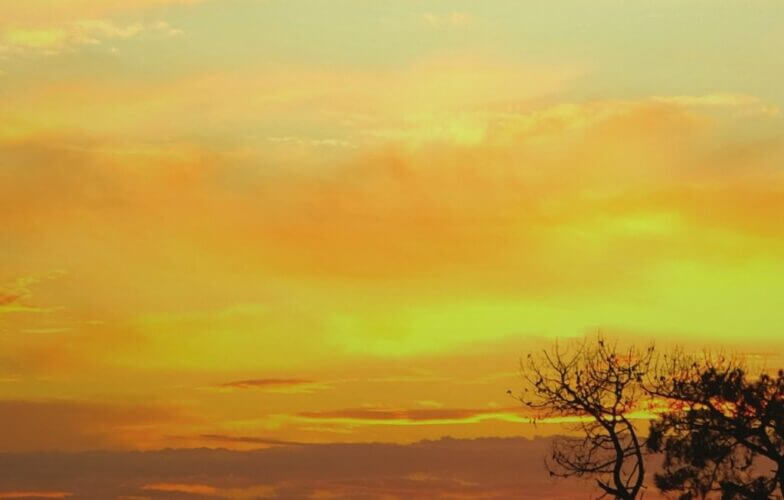
The future of interior design according to Dorothée Meilichzon
InterviewsEveryone all over the world has had a very complicated year and a half. How did COVID-19 affect your work?
Despite COVID-19, I still had a lot of commissions, both in France and internationally. Presently I’m working on a hotel in Corsica, a bakery in Paris’ 9th arrondissement and Crème, a single-product store dedicated to cookies. It started in London and is now being developed in Paris. I’m also working on a hotel in Portugal and another one in Saint Moritz, scheduled to open at the end of 2022.
What really changed for us was remote working with clients we’d never seen in person. Due to health regulations, we spend less time traveling to sites, which means more time for the creative aspect of our profession.
What are clients’ current attitudes? Do you sense a desire for gentleness, humanity, closeness, friendliness?
From our side, yes. Concerning our hotel clients, they’re less concerned about those ideas, what they really want from us is efficiency. COVID-19 didn’t change the briefs very much. Our clients aren’t asking us to create installations that take existing health regulations into account. They think those will disappear in the coming years. They do, however, want us to make “instagrammable” settings, like attractions in curiosity cabinets. I created an alcove with shells in the Montesol Hotel in Ibiza that fits that description quite well.
Clients are enthusiastic about ideas built on little anecdotes, and we think that’s really fun. It lets us be creative and less standardized, and we can invent surprising concepts that will be published on social media.
What are today’s trending materials, colors and obsessions?
At the moment, we’re really into yellow, but clients don’t often ask for specific colors or materials. Instead they want us to adapt to the spaces we’re working on. For example, I’m working on a project in Saint Moritz. We’re playing with the place’s timeless, slightly outdated feeling. There’s an old fashioned, almost corny charm that we really like and we’re building on that. We try to tell stories based on existing atmospheres, and we use that to communicate with our clients.
A real ecological awareness is also taking place! Our clients are very focused on going zero-plastic, and we’re also committed to that cause. For example, we try to use furniture that doesn’t have a lot of glue and to use the most natural materials possible.
What are your observations on how interior design has evolved over the past few decades and especially post-COVID?
I wonder when we’re going to stop producing the “right look.” I was drawn to this profession in the 90s, an era when installations had to be primarily functional. Now, everything has to be attractive, everything looks like everything else, it’s completely universal. That’s certainly reassuring for people, but I’m eager to get back to a more daring approach.
Brands have become globalized. In the past they each had their signature, their identity. But recently everything has become uniform. Luxury is taking up entry-level codes, and the low end is using luxury codes. I see tables that cost €10,000 when they could have a €200 price tag.
When I see the covers of old catalogues, like the ones with patchwork couches that Ikea recently shared on social media, I think that’s great! We want to take risks again today, even if it means being on the razor’s edge and trying all kinds of things. We try to shake up our clients, but the current situation makes that complicated. Changing their interior decor is not on the agenda, and given the recent health crisis, we’re being asked to create spaces that are comfortable.
In what direction do you now want to evolve?
I’d like to do stage design for an opera, or design a spaceship – something that’s truly astonishing. I want wildness, and that’s where fashion can take a chance, but for us it’s more complicated since we create for the long term; what we do isn’t ephemeral. Personally, that’s what I miss. I try to talk about this with clients, and they understand, but they’re not necessarily ready right now.
I think we have to make boldness more important than achieving the approved look, because that’s what people want today. There are some very creative people in my generation, and yet we’re all doing the same thing, because that’s what’s expected of us. Making people uncomfortable is not my thing, but doing something interesting that’s unexpected, that’s an idea I like!



